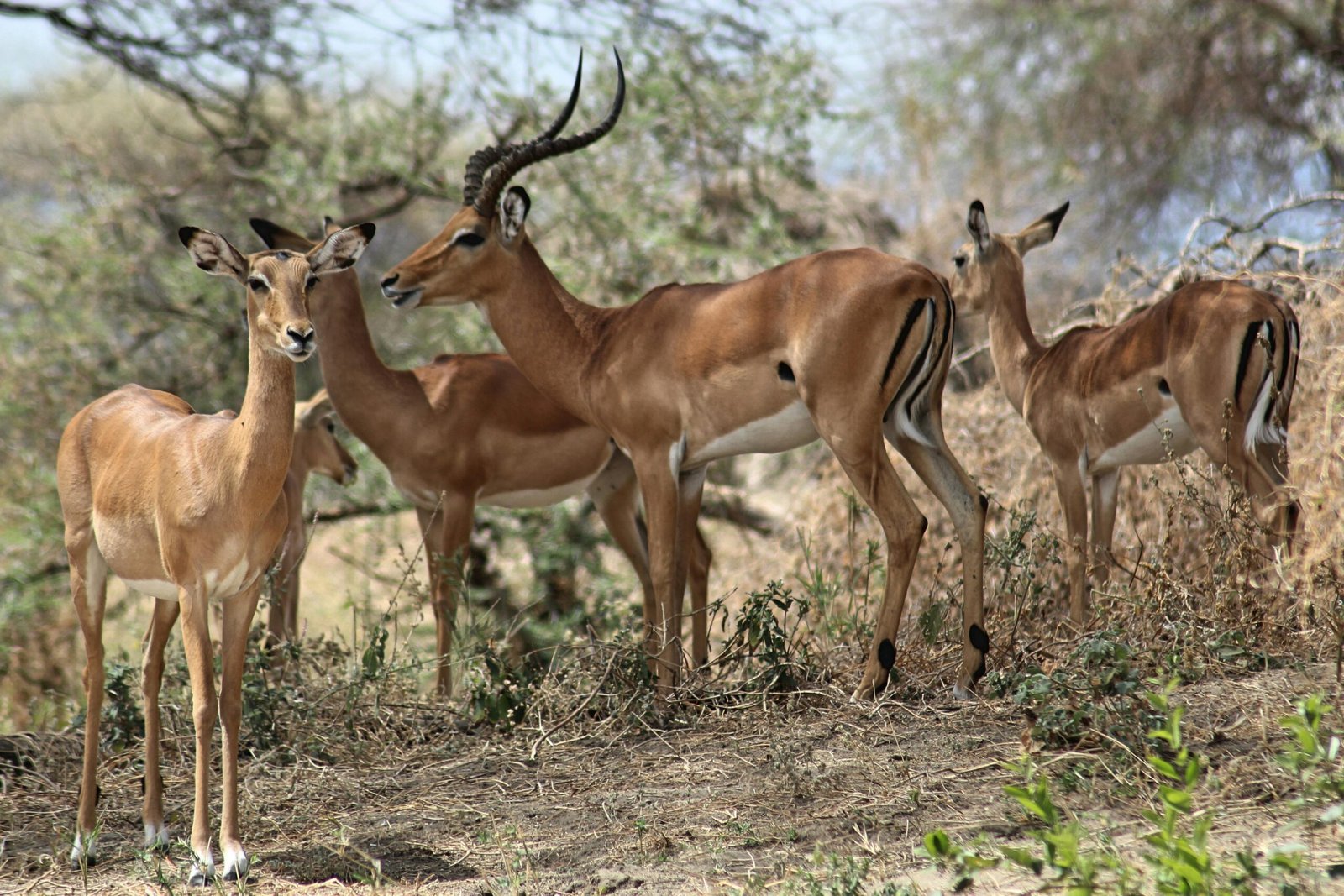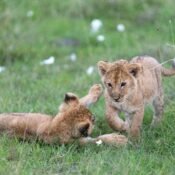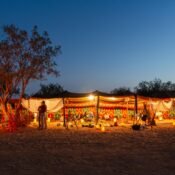
Witness the Wild: A First-Timer’s Guide to Tanzania Game Drives
There’s something deeply humbling about watching a lion stretch under an acacia tree or hearing a herd of elephants trumpet across the savannah. For first-time visitors to Tanzania, a game drive offers a front-row seat to the untamed magic of Africa’s iconic landscapes. From the golden plains of the Serengeti to the lush floor of Ngorongoro Crater, game drives in Tanzania are an unforgettable experience—and with a little preparation, they can be smooth, safe, and soul-stirring. Here’s your complete first-timer’s guide to embarking on a Tanzanian game drive.
Why Tanzania?
Tanzania is a wildlife enthusiast’s dream. Home to some of the largest and most biodiverse national parks in Africa, it boasts the “Big Five” (lion, leopard, elephant, rhino, and buffalo), the Great Migration, and a variety of ecosystems that support everything from flamingos to hippos. Unlike more commercialized safari destinations, Tanzania still retains a raw, authentic safari spirit. Whether you’re camping under the stars or staying in a luxury lodge, the proximity to nature is visceral.
What Exactly Is a Game Drive?
A game drive is a guided safari tour in a 4×4 vehicle—often with a pop-up roof for unobstructed viewing—through a national park or conservation area. Drives usually happen twice a day: one early in the morning (when animals are most active) and one late in the afternoon or early evening. You’ll be driven by an experienced guide who not only navigates the terrain but also helps you track and identify wildlife.
Where to Go: Top Game Drive Destinations in Tanzania
- Serengeti National Park
Famous for the Great Migration, the Serengeti is Tanzania’s flagship park. It offers year-round wildlife sightings, but if you want to catch massive herds of wildebeest and zebra on the move, plan your visit between June and October. - Ngorongoro Crater
A UNESCO World Heritage Site, this ancient volcanic caldera is one of the most wildlife-rich places on earth. It’s a great spot for first-timers, offering a high chance of seeing all Big Five in a single day. - Tarangire National Park
Often overlooked, Tarangire surprises many with its elephant populations, ancient baobab trees, and dramatic dry-season migrations. It’s a quieter alternative, ideal for a more intimate game drive experience. - Lake Manyara National Park
Best known for its tree-climbing lions and flamingo-covered lake, this park is perfect for a shorter, scenic drive. - Selous Game Reserve (now Nyerere National Park)
For a truly remote and wild experience, this southern park offers boat safaris, walking safaris, and fewer crowds.
What to Pack for a Game Drive
Clothing:
- Neutral-colored, breathable clothes (avoid bright colors and dark blue/black, which attract insects).
- A lightweight jacket or fleece for early mornings and evenings.
- A wide-brimmed hat and sunglasses for sun protection.
Gear:
- Binoculars (a must for spotting distant wildlife)
- Camera with zoom lens
- Power bank and extra memory cards
- Sunscreen and insect repellent
- Reusable water bottle
Essentials:
- Passport/ID for park entry
- Some cash for tips or local purchases
- Snacks (though most lodges include meals)
Tips for a Successful First Game Drive
- Be Patient and Present
Wildlife sightings are not guaranteed or staged. Sometimes you’ll wait 20 minutes for a lion to stand up—or drive for an hour before spotting anything. Trust your guide, stay alert, and enjoy the unfolding drama of the wild. - Listen to Your Guide
Your guide is trained not just in animal behavior but in safety. They’ll often spot animals you’d miss entirely and can share fascinating facts about everything from dung beetles to leopard mating rituals. - Stay Inside the Vehicle
Unless you’re on a designated walking safari, do not exit the vehicle—even if animals seem far away. Game parks are not zoos; every creature here is wild. - Minimize Noise
Loud voices and sudden movements can scare away animals. Speak softly and avoid unnecessary movement, especially near predators or elusive species. - Respect the Environment
Don’t litter or feed animals. Stick to designated roads and avoid pressuring your guide to “chase” animals for a better photo.
When Is the Best Time to Go?
While Tanzania offers good game viewing year-round, the dry season (June to October) is generally best. Animals are easier to spot as they congregate around water sources, and the roads are more accessible. If you’re aiming to see the Great Migration river crossings in the Serengeti, aim for July to September.
The green season (November to May) brings lush landscapes, baby animals, and fewer tourists. It’s also ideal for bird watchers, as migratory species arrive in droves.
What About Safety?
Tanzania is considered safe for tourists, and reputable safari operators prioritize client safety. Ensure your guide is licensed and your vehicle is well-maintained. Always follow park rules and avoid approaching animals on foot.
Malaria is present in many areas, so consult a travel doctor about anti-malarial medication and get necessary vaccinations (like yellow fever if coming from certain countries).
The Emotional Impact of Your First Game Drive
Many first-timers describe their first game drive as a spiritual experience. The connection to nature, the stillness of the savannah, and the sheer proximity to wild animals often bring unexpected emotions—wonder, humility, even tears.
A Tanzanian game drive isn’t just about ticking off animals from a checklist. It’s about witnessing the world as it once was—untouched, fierce, and deeply interconnected.
Final Thought
Your first game drive in Tanzania won’t be your last. Whether it’s the golden dust of the Serengeti or the misty mornings in Ngorongoro, something about this experience imprints itself on your soul. Go with curiosity, respect, and patience—and let the wild welcome you.




